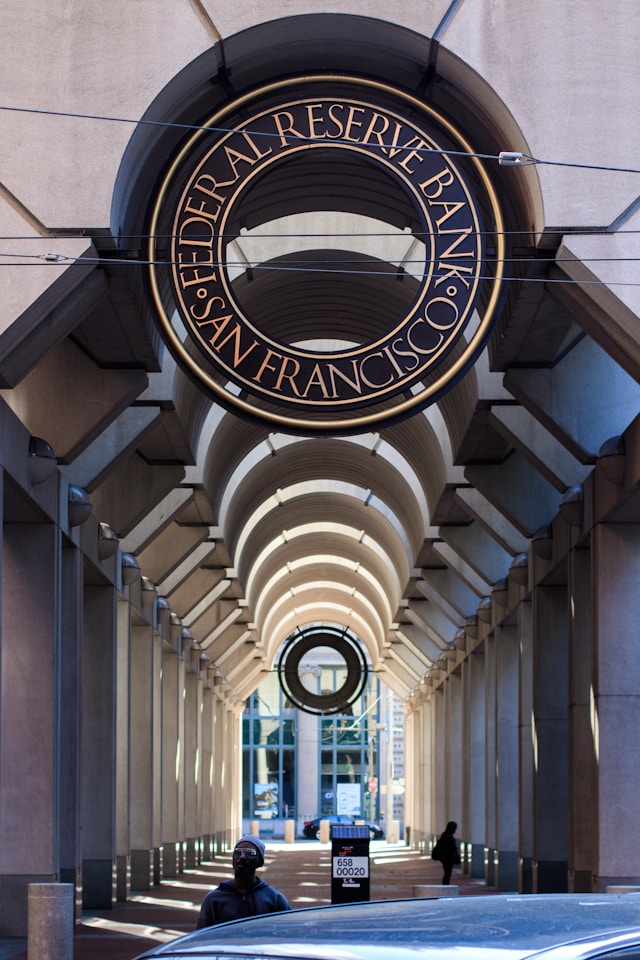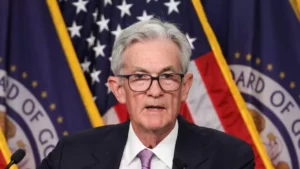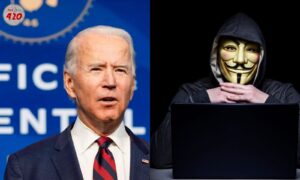
In a widely anticipated decision, the Federal Reserve has opted to hold interest rates steady during its latest meeting, signaling a cautious approach amid ongoing economic uncertainty. This decision comes as the central bank assesses the complex landscape of inflation, employment, and global economic pressures, highlighting the delicate balance it must strike in steering the U.S. economy.
Federal Reserve Chair Jerome Powell announced that the decision to maintain the current interest rate level reflects a careful evaluation of recent economic indicators. While inflation remains a concern, showing signs of persistence above the Fed’s 2% target, other factors such as labor market dynamics and geopolitical uncertainties have contributed to the central bank’s deliberation.
The Fed’s decision to keep rates unchanged is aimed at supporting economic growth while allowing time for the effects of previous rate hikes to be fully realized. Over the past year, the Federal Reserve has raised interest rates multiple times to combat rising inflation, making borrowing more expensive in an effort to cool down consumer spending and slow price increases. However, the latest data suggests a mixed economic picture, prompting the Fed to take a more measured stance.
Market analysts have responded positively to the decision, interpreting it as a sign of the Fed’s commitment to carefully navigating the economic landscape. By holding rates steady, the central bank aims to avoid any abrupt shocks to the financial system that could undermine consumer confidence and hinder economic recovery. This cautious approach is particularly important as the U.S. economy grapples with headwinds from global events, including supply chain disruptions and geopolitical tensions.
Economists emphasize the significance of this moment for American consumers and businesses. A stable interest rate environment can encourage borrowing and investment, ultimately supporting job creation and economic expansion. Conversely, any future rate hikes will depend on the Fed’s assessment of inflationary pressures and the overall health of the economy.
As the Fed continues to monitor key economic indicators, including employment data and consumer spending, market participants are closely watching for any signals regarding the central bank’s future policy direction. Analysts speculate that if inflation shows signs of subsiding and the labor market remains robust, the Fed may consider a gradual approach to future rate adjustments.
In summary, the Federal Reserve’s decision to hold interest rates amid economic uncertainty underscores its commitment to fostering a stable economic environment. With inflation still a primary concern, the central bank is balancing the need for price stability with the importance of supporting growth. As the situation evolves, American consumers and businesses will be watching closely, as the Fed’s future actions will play a crucial role in shaping the economic landscape in the months ahead.


